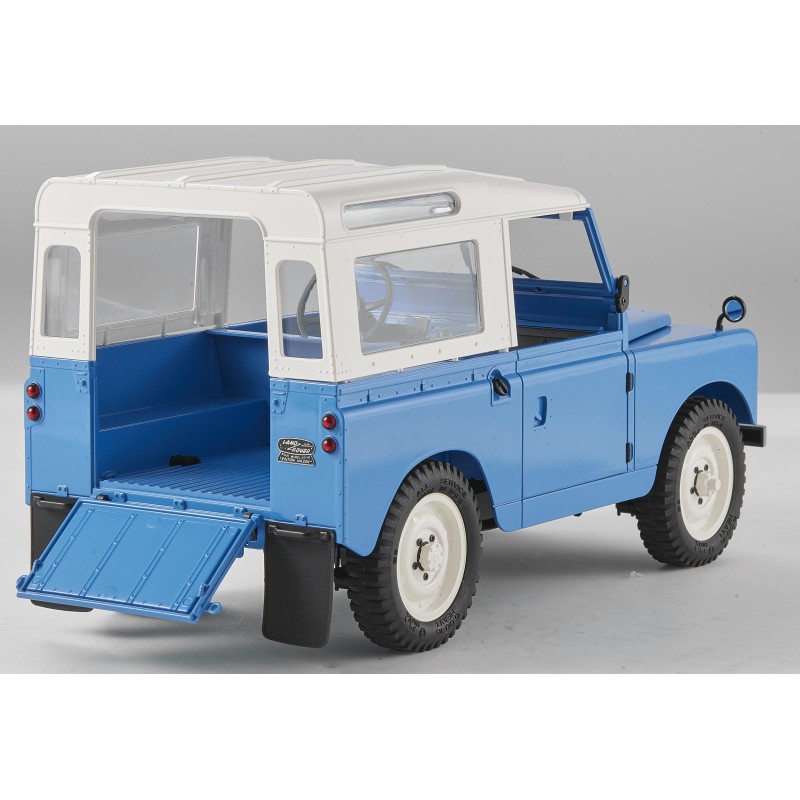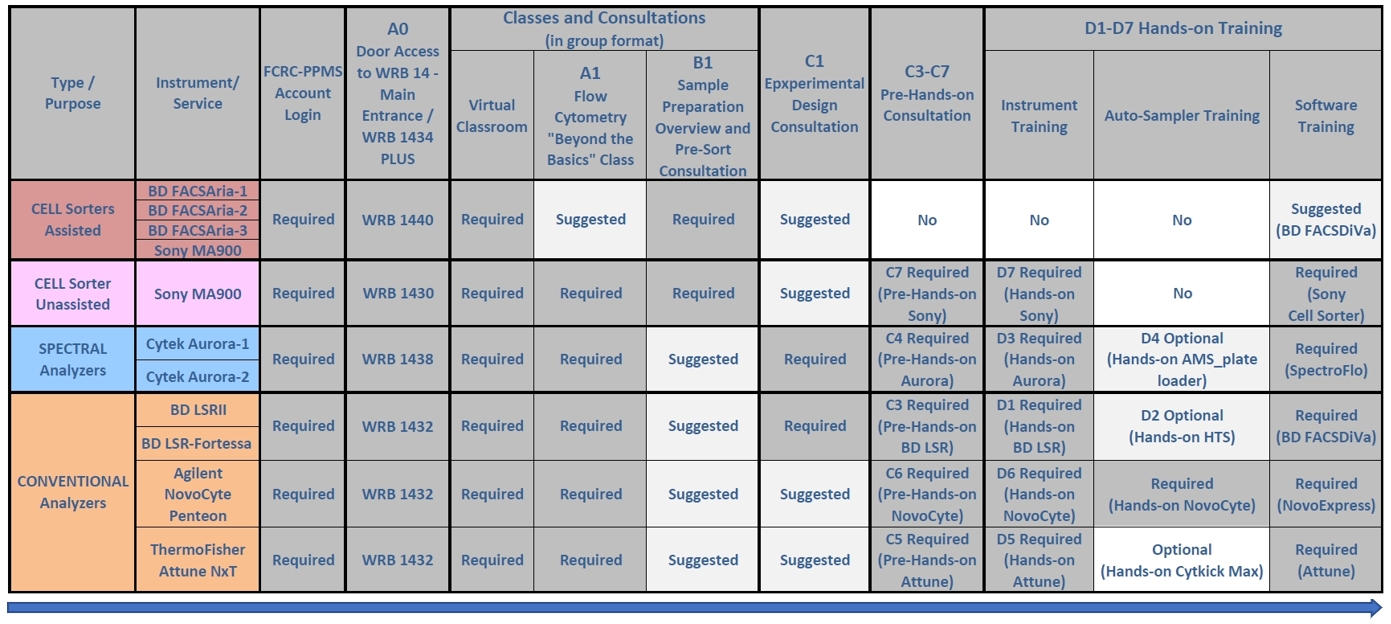hardware
Associazione MSX Italia plans a special event with Nishi and other special guests in the Italian city Pisa on November 16th!
read more
Electronic games fair in Japan will bring together exhibitors such as Konami, Sony, Microsoft, Taito, Koei Tecmo and Square Enix. The post Tokyo Game Show 2024: public will be able to play Metal Gear Solid Delta appeared first on Revista Clube MSX.
Revamped GUI replaces the old OSD menu; see what else is new in openMSX and where to download it. The post openMSX 20.0: emulator introduces new graphical interface appeared first on Revista Clube MSX.
The Pixel Memories Pasoko-1000 is a tribute to the original joystick from the eighties using the same hardware.
Needed longer in the oven.
When Kazuhiko Nishi introduced the MSX computer line in 1983, he aimed to offer something different to other 8-bit micros on the market.
His vision of a standardised computer system allowed any licensed manufacturer to launch an MSX-compatible computer while also adding their own variations. Some offered optional disk drives, some boasted additional cartridge slots, while others were even more specialized, with unique features like LaserDisc compatibility.
Read the full article on timeextension.com
“The spiritual sequel for the Maze of Galious”.
Modern-day MSX2 title Pampas & Selene: The Maze of Demons is getting a Steam release, it has been confirmed.
Developed by UnEpic Games, it’s pitched as a “spiritual sequel for the Maze of Galious” and was released on MSX2 hardware in physical form a while back.
Read the full article on timeextension.com
‘The MSX Hardware Catalogue’ is out in Japan on February 26th.
A new book called The MSX Hardware Catalogue is set to be released later this month in Japan, covering all 134 models of the MSX computer. This includes products from companies like National, Panasonic, and Sony, to name just a few (thanks GameWatch!)
In case you’re unaware and need a quick recap, the MSX was a home computer architecture, which was first released back in 1983. It aimed to create a unified set of standards for various home computing systems at the time and was eventually adopted by several Japanese manufacturers who built and released their own MSX home computers to take advantage of the platform.
Read the full article on timeextension.com











